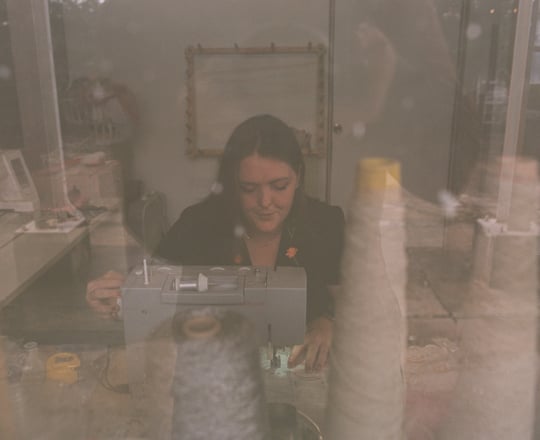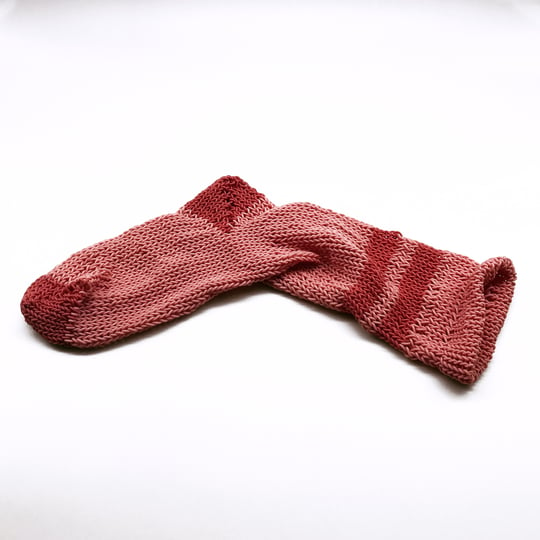
“Labor Studies,” on view at the Contemporary Arts Center in New Orleans through February 10, presents photographic work from Keith Calhoun and Chandra McCormick’s twenty-five-year collaboration focusing on the past and present labor practices that have defined Louisiana. Calhoun and McCormick’s photographs of dockworkers, caretakers, farmhands, hospitality workers, musicians, and the varied laborers of the incarcerated population at Angola State Penitentiary shed light on the work of people who often go unthought-of by a state that relies heavily on their labor.
Labor has been a career-spanning subject from Calhoun and McCormick. Calhoun, whose father worked as a longshoreman at the Port of New Orleans, began documenting dockworkers—a largely Black labor force—in the 1980s just as automation began jeopardizing their job security. Calhoun photographed the manual transport of goods at the Port of New Orleans, a practice that has largely been eliminated by the containerization of shipping. In one photograph, shirtless longshoremen stand poised to pick up two-hundred-pound sacks of coffee while supervisors look on.
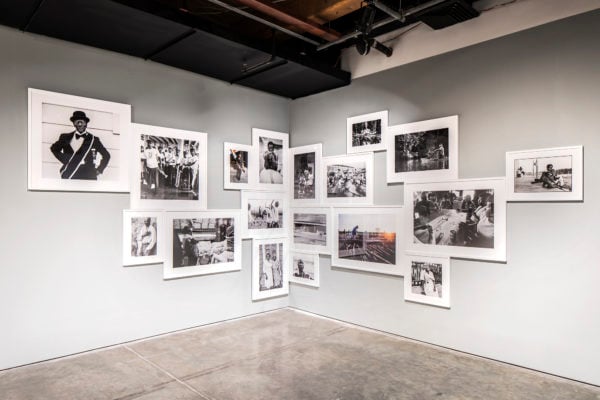
Another lifelong interest of Calhoun and McCormick’s emerges in “Labor Studies”: life along the Mississippi River. In another series of photographs, Calhoun and McCormick depict people working the plantations along River Road, where, during the nineteenth century, enslaved people harvested and cooked sugarcane by hand under brutal and very often lethal conditions. These photos, also from the 1980s, show a largely Black workforce, some of whom belong to families that have lived and worked on these River Road plantations since Abolition, in the period before they were replaced by automated harvesting machines. One portrait shows Gail Dorsey, a sugarcane scrapper, holding a cane knife up to the camera, a relic of job that is ceasing to exist even as her image is captured.
Also included are Calhoun and McCormick’s photos of incarcerated men at Angola State Penitentiary from the exhibition “Slavery, The Prison Industrial Complex,” which has been shown at the 2015 Venice Biennale, among many other locations. Calhoun and McCormick have been photographing Angola for over thirty years, developing relationships with inmates and administration officials that have allowed them to keep returning. Located at a bend in the Mississippi River near St. Francisville and built on the site of four plantations, Angola is the nation’s largest maximum-security prison. It houses over 8,000 people, three quarters of whom are incarcerated, serving between 20 years to life, and one quarter of whom are guards, administration, and maintenance staff who live on the grounds. But the Angola ecosystem also includes the visitors who patronize the prison at events like the Angola Rodeo and art fair and of politicians who benefit from the enormous amount of state money that flows in and out of the prison. The entire complex, which occupies around 18,000 acres, includes a farm, various manufacturing facilities where inmates make products that are found in prisons statewide, Prison View Golf Course (for private citizens), and several churches among other sites.
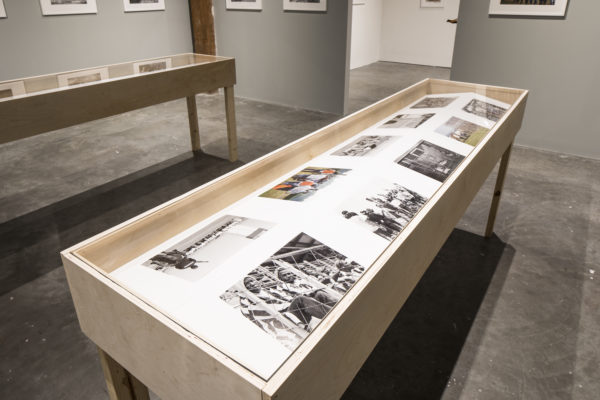
Several photos show a group of predominantly Black inmates walking out into the fields in the morning, carrying shovels and other tools under the eyes of mounted, rifle-toting white guards. The farm produces cotton, soybeans, and a variety of food crops. The inmates work by hand (there’s no automation here), and only for pennies an hour. These photographs demonstrate so clearly how slavery at the Angola plantations was repurposed to form incarceration at the Angola State Penitentiary. But Calhoun and McCormick have learned through their thirty-five-year study that there are other institutions in Angola created through the labor and determination of inmates like The Angolite—Angola’s award winning newsmagazine—in addition to the various social clubs, second lining organizations, and the radio station, KLSP, 91.7.
And then there is the Angola Rodeo and art fair. The photos of the rodeo, where inmates participate in events like Inmate Poker—sitting around a table as a bull charges, waiting to see who can hold out the longest—can be violent and disturbing, but Calhoun and McCormick have said that the rodeo represents what is perhaps the only opportunity for some of these men (only the ones who have earned the privilege of competing) to earn money to send home to their families and to interact with the outside world. Many of these men will spend most or all of their lives at Angola, living in the midst of violence and in some cases sexual slavery, performing punishing manual labor without pay. Within this environment, Calhoun and McCormick have photographed men who are standing up to their circumstances and finding ways to contribute to the lives of their loved ones back at home. Their goal is to document the prison in its entirety, which is why, I believe, they will never stop going back to Angola.
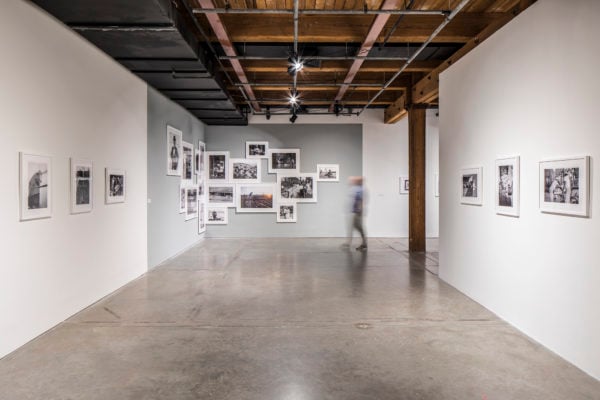
Unlike Calhoun and McCormick’s other subjects, the dockworkers and the farm workers, prison labor is not disappearing in Louisiana. During mayoral campaign last year, New Orleans Mayor Latoya Cantrell, proposed using inmates to clean the city’s clogged storm water catch basins, an idea that would add the New Orleans Sewage and Water Board to a long list of government institutions that rely on the unpaid labor of incarcerated men. Calhoun and McCormick hope that this practice will end, but so long as it continues, they will be there, documenting how slavery endures in Louisiana.
Keith Calhoun and Chandra McCormick’s exhibition “Labor Studies” remains on view at the Contemporary Arts Center in New Orleans through February 10, 2019.

